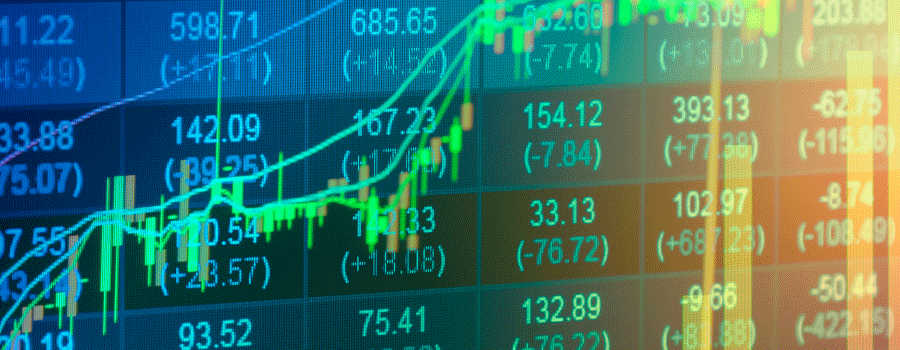Continue active refreshing of this index's data?
Continue active refreshing of this index's data?

Blog posts
Latest blog posts

STOXX is introducing a second generation of environmental, social and governance (ESG) benchmarks with a version of the flagship EURO STOXX 50® Index.

Global stocks extended gains during July as investors anticipated an interest-rate cut in the US that came on the last day of the month and the European Central Bank indicated that it is ready to increase monetary stimulus.

Today UniCredit Bank AG, via its subsidiary Structured Invest SA, introduced two exchange-traded funds (ETFs) based on the Eurozone’s first set of indices combining a factor strategy with environmental, social and governance (ESG) criteria on European equities.

Thematic investing has been one of the most talked-about topics in the asset management industry over recent years, led largely by innovation in index-based products.

In the asset management world, the terms ‘value’ and ‘growth’ have long been used to describe two distinct investment styles, and many managers categorize themselves and their products along these two labels.

The rapid growth in environmental, social and governance (ESG) investment strategies has been underpinned by the thriving availability of corporate sustainability metrics.

Global stocks recovered in June from their May slump, as investors looked for a favorable resolution to trade disputes and leading central banks indicated their readiness to ease monetary policy should the economic situation demand it.

Institutional and retail client demand is making environmental, social and governance (ESG) strategies a common feature and requirement in the structured-products business, according to a panel of industry professionals at the Innovate2Invest conference.

Last August, Credit Suisse Asset Management (Switzerland) Ltd. launched the first index fund tracking the EURO STOXX® Multi Premia Index, a multi-factor strategy based on cutting-edge research.

After rising in tandem with other investment styles for most of 2019, value stocks — those trading at below-average valuations — have since May slipped back to the bottom, adding to their multi-year lagging record.

Index | ESG & Sustainability
Listed ESG Derivatives and Their Implementation — A Manifold Perspective
n February, the first European futures contracts on three environmental, social and governance (ESG) indices – the STOXX® Europe 600 ESG-X Index, EURO STOXX 50® Low Carbon Index and STOXX® Europe Climate Impact Ex Global Compact Controversial Weapons & Tobacco Index – were listed on Eurex.

Index | Benchmarks
Market Rebound Cracks in May on Trade Concerns Market Rebound Cracks in May on Trade Concerns
A rebound in global stocks this year faltered in May as negotiations for a trade truce between the US and China appeared to break down and concerns emerged that the global economic expansion may hit a snag.